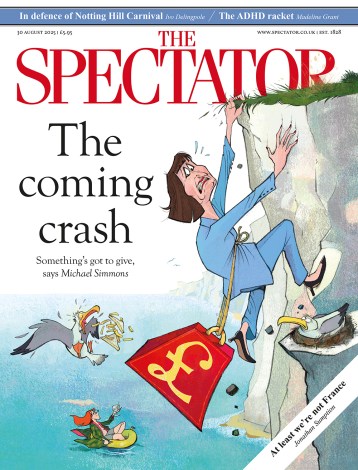Road to Mecca
The British Museum’s latest exhibition Hajj: journey to the heart of Islam (until 15 April) sets out to explain the mysteries of this annual pilgrimage. Last year, a total of 2,927,719 pilgrims went to Mecca, Saudi Arabia, something that all Muslims should try to do at least once in their lifetime. Such huge numbers are hard to visualise, so a film, projected on to a wall, is a great help: one sees, I suppose, hundreds of thousands of pilgrims arriving in the city, and walking round Islam’s most sacred site, the Ka’ba, confined as they are to the courtyard of the Grand Mosque and surrounding areas. And because of its














